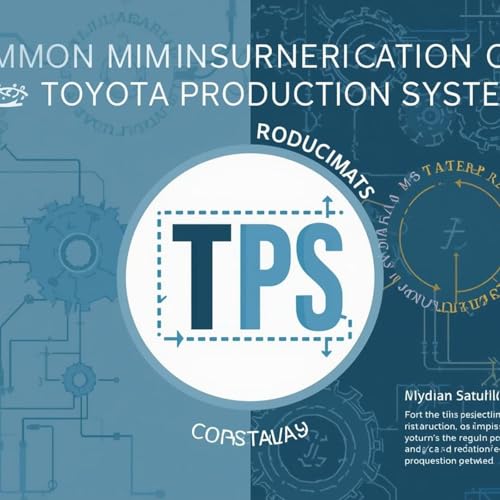Technical Report: Safety Requirements and Design Specifications for Next-Generation Automotive Systems
1.0 Introduction and Report Scope
This technical report formally establishes the safety requirements, design specifications, and validation protocols for a next-generation automotive safety system. The rapid evolution of vehicle automation necessitates a rigorous, standards-driven approach to ensure that safety-critical systems perform reliably under all foreseeable conditions. The primary objective of this document is to detail the comprehensive framework that guarantees the system's compliance with critical industry standards, thereby delivering a robust and reliable safety solution. This framework begins with an understanding of the system's fundamental functional architecture.
2.0 System Overview and Core Functionality
A clear understanding of the system's fundamental architecture is a prerequisite for analyzing its safety requirements. The design is centered on a single, unambiguous purpose that informs every component and process. The system's core mission is to proactively detect and mitigate potential collision scenarios by interpreting the vehicle's environment and taking decisive, automated action when necessary. This is achieved through the coordinated operation of three key components:
• Sensor Fusion Module: Integrates and processes a continuous stream of data from diverse inputs, including Radar, LiDAR, and Cameras, to generate a unified and persistent object track file of the surrounding environment.
• Decision Making Unit (DMU): Assesses risks based on the fused sensor data and triggers appropriate preventative or mitigating responses according to pre-defined safety logic.
• Actuator Interface: Executes the DMU's commands by interfacing directly with and controlling the vehicle's braking, steering, and throttle systems.
The design, integration, and operation of these components are not arbitrary; they are strictly governed by internationally recognized safety and cybersecurity standards.
3.0 Governing Safety & Cybersecurity Standards
Adherence to internationally recognized standards is the non-negotiable cornerstone of the system's design philosophy. Our interpretation and application of these standards are conservative, prioritizing safety margins over design simplicity. This commitment ensures that functional safety and resilience are engineered into the product from its inception. Our development lifecycle is comprehensively aligned with the leading standards for automotive functional safety and cybersecurity.
3.1 Functional Safety Compliance: ISO 26262
Our design ensures full compliance with the ISO 26262: "Road vehicles – Functional safety" standard, which provides a risk-based approach for automotive electrical and electronic systems. To meet the highest level of safety, the system is engineered to meet ASIL D, the most stringent classification for risk reduction
Become a supporter of this podcast: https://www.spreaker.com/podcast/automotive-quality-and-engineering--6656590/support.
Show More
Show Less
 20 mins
20 mins 9 mins
9 mins 13 mins
13 mins Oct 7 20257 mins
Oct 7 20257 mins Oct 2 20256 mins
Oct 2 20256 mins Sep 24 20252 mins
Sep 24 20252 mins

